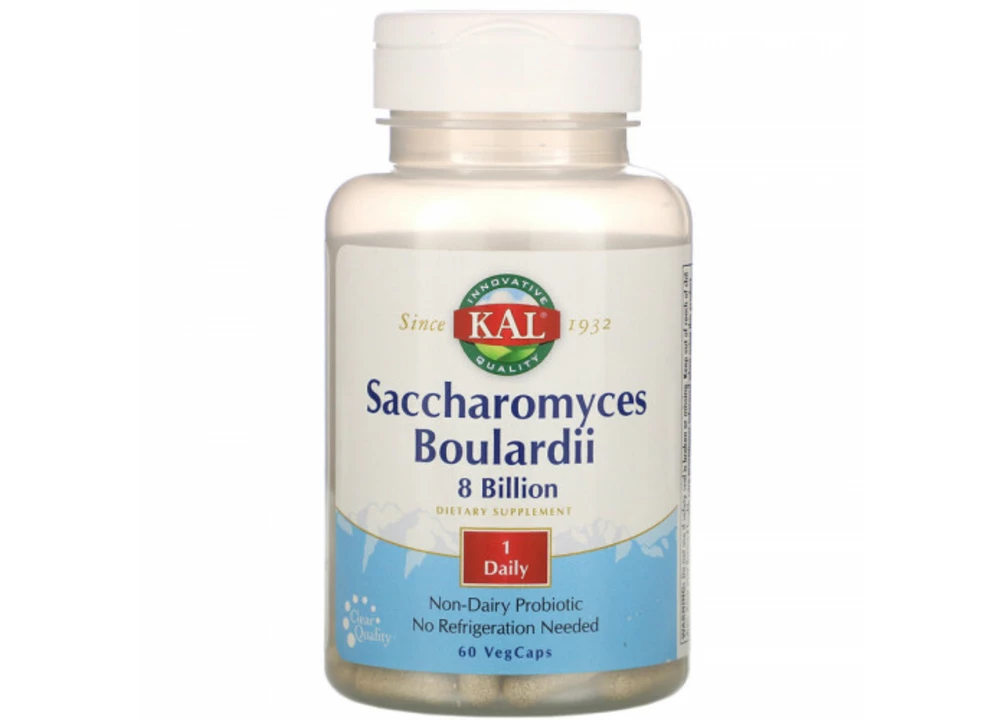Saccharomyces boulardii — a yeast probiotic that actually works
Want a probiotic that isn’t a bacterium? Saccharomyces boulardii is a live yeast used for digestive issues for decades. Clinical trials show it can cut the length and severity of some diarrheas and lower the chance of antibiotic-associated diarrhea. That makes it a handy option if you’re dealing with stomach bugs, or taking antibiotics and want to protect your gut.
How people use Saccharomyces boulardii
People take S. boulardii for several common reasons: to shorten infectious diarrhea, reduce antibiotic-associated diarrhea, help prevent relapse of C. difficile in some cases, and ease symptoms in certain IBS cases. It comes in capsules, powders, and sachets. For kids there are smaller-dose sachets and formulations made for infants.
Typical use patterns: for an active stomach infection many protocols use S. boulardii for 5–7 days. For preventing antibiotic-related problems, people often start it when the antibiotic starts and continue for the full course plus 7 days after. Those timelines match what researchers tested in trials, but you can adjust with a clinician’s advice.
Safety, dosing and buying tips
Dosage you’ll see on labels varies. Common adult doses are about 250–500 mg per day or 5–10 billion CFU, sometimes split into two doses. Children often get lower doses—follow the product label or your pediatrician’s advice. If you’re using it for a short gut infection, higher short-term dosing is common; for prevention a single daily dose usually suffices.
Safety notes: S. boulardii is well tolerated for most people. But don’t take it if you’re severely immunocompromised or have a central venous catheter — rare cases of fungemia (yeast in the blood) have occurred. Avoid taking it at the same exact time as antifungal drugs because they can cancel each other out. If you’re pregnant, nursing, or on immune-suppressing drugs, check with your doctor first.
Want to buy a good product? Look for these things: a clear CFU count and expiry date, single-ingredient formulas if you want fewer surprises, sealed packaging, and third-party testing if available. Many brands handle S. boulardii like a room-temperature-stable product, but refrigeration can extend shelf life and keep potency higher near expiry.
Practical tip: if you’re taking antibiotics, space your probiotic dose about two hours apart from the antibiotic. That lowers the chance the antibiotic will kill supportive bacteria (though S. boulardii is a yeast and less affected). Keep track of symptoms and stop and consult a clinician if you notice fever, unusual pain, or signs of infection.
On our site you’ll find articles about probiotics, antibiotics, and safe online pharmacy options if you’re shopping for supplements or medications. If you want a quick next step: pick a single-ingredient S. boulardii product with a clear CFU label, follow recommended dosing, and check with a healthcare pro when in doubt.






